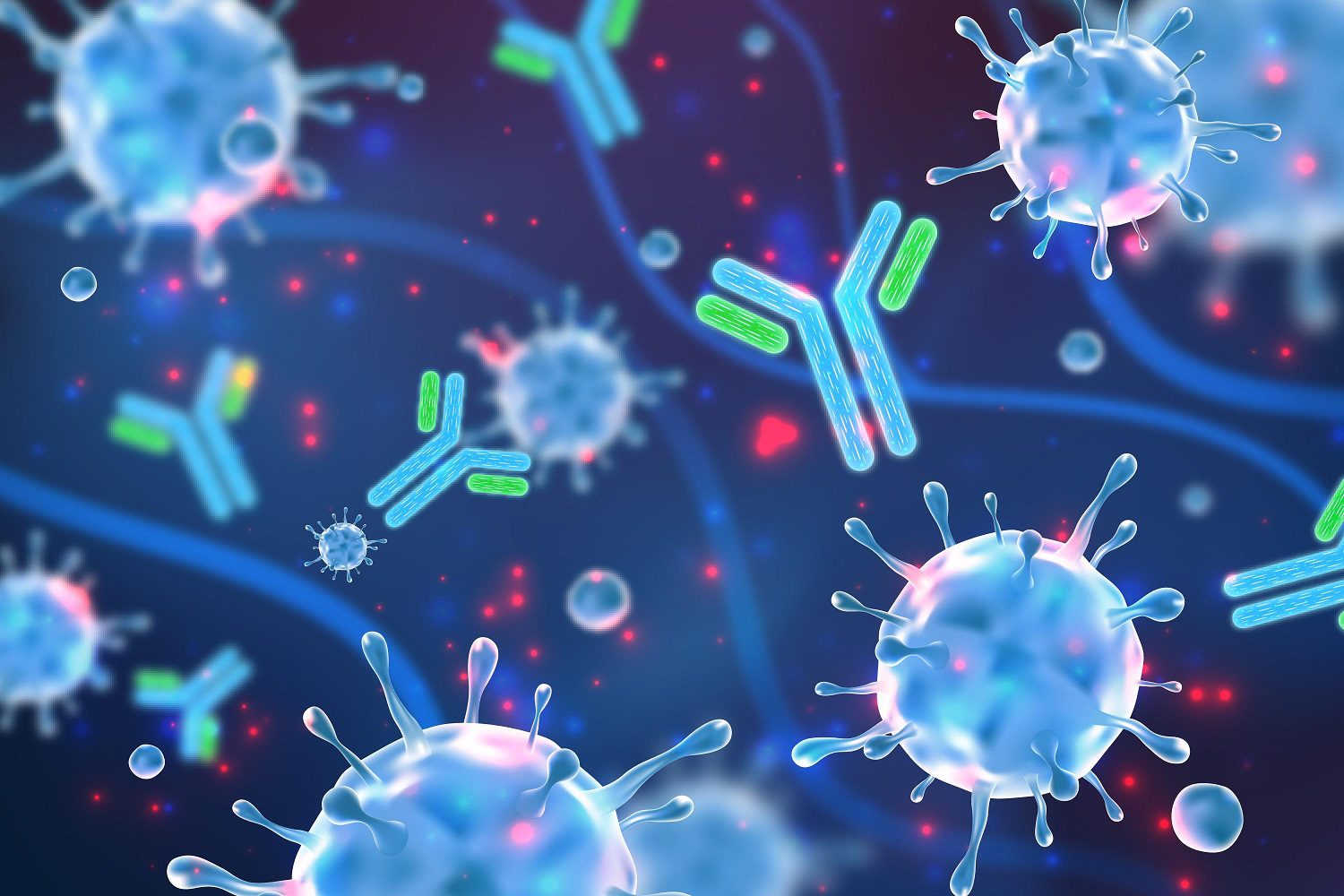Case Presentation
A 35-year-old woman who developed fever, skin rash, and headache 2 days after the second SARS-cov-2 vaccination with BNT162b2 (Pfizer/Biontech). Eight days later, she developed behavioural changes and severe recurrent seizures that led to sedation and intubation.
Medical History
- Only sporadic but not recent cocaine consumption
- Mild SARS-CoV-2 infection a year before the vaccination
Physical Examination
- Fever of up to 40°C on hospitalization
- Visual impairment
- Behavioural changes
- Recurrent focal to bilateral tonic-clonic seizures
- Reduced level of consciousness and choreatic movements
Laboratory Findings
- Moderately elevated TSH, normal free T3 and T4 hormone levels, and
- Slightly elevated liver function tests possibly due to recent overuse of paracetamol were found in the blood test.
- Drug screening of urine was negative.
- The electroencephalogram (EEG) initially showed a generalized rhythmic delta activity with superimposed multifocal interictal epileptic discharges mainly over the frontal and right-sided leads. Frequent brief electrographic seizures were also detected.
- Initial CT and MRI scans were unremarkable.
- The MRI on day 5 after admission revealed edema in the left mesial temporal lobe, particularly the hippocampus, which became progressive in size 10 days later.
- FLAIR hyperintensive lesions in the bilateral subinsular regions were detected.
- The FDG PET showed hypermetabolism of the left amygdala and hippocampus and basal pulmonary hypoventilation.
- Cerebrospinal fluid (CSF) analysis revealed lymphocytic pleocytosis (7 cells/μl), normal protein, glucose, lactate, and total immunoglobulin parameters, and matched oligoclonal bands in the serum and CSF without signs of intrathecal igg production (Table 1).
- The blood and CSF screening for common viral and bacterial infections and autoimmune disorders including vasculitis was negative.
Diagnosis
- The criteria for a definite autoantibody-negative autoimmune limbic encephalitis according to established criteria were fulfilled.
- Testing for common anti-neuronal autoantibodies in serum and CSF was negative, including indirect immunofluorescence staining of mouse brain.
- Diagnosis of new-onset refractory status epilepticus (NORSE) due to seronegative autoimmune encephalitis was made
Therapy
- Levetiracetam up to 4 g/d and lacosamide up to 200 mg/d were started.
- Under continuous EEG monitoring, phenytoin up to 750 mg/d, midazolam up to 0.57 mg/kg/h, and ketamine up to 4 mg/kg/h were added.
- Phenytoin was later replaced by phenobarbital.
- Initially, acyclovir 3 × 10 mg/kg body weight/day and ceftriaxone were given until the CSF and serum testing for herpes viral and bacterial CNS infections turned negative.
- Immunomodulatory treatment with high-dose methylprednisolone (5 days of 1,000 mg/d IV) was started 2 days after hospital admission with subsequent slow tapering over 8 weeks. Because of continued seizures, plasma exchange for over 10 days starting on day 7 after the admission was performed.
Treatment Outcomes
The patient’s condition rapidly improved beginning on day 12 after the admission; she regained full consciousness and had only infrequent seizures.
Follow Up
After 1 Month
MRI showed edema reduction in the hippocampal, amygdala, and external capsule.
After 2 Months
The patient was readmitted to hospital because of deterioration in seizure frequency (2–3 serial seizures) and neuropsychological deficits. She again received high-dose methylprednisolone for 5 days, which led to significant reduction in seizure frequency.
Conclusion
The onset of symptoms shortly after receiving the SARS-CoV-2 vaccine suggests a potential association between the vaccination and NORSE due to antibody-negative autoimmune encephalitis. After ruling out other etiologies, early immunomodulatory treatment may be considered in such cases.

